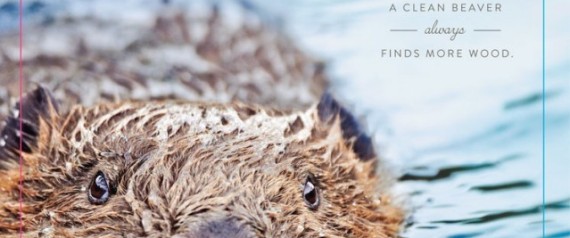You need to be able to explain your advantage in 10 seconds or less

Here is a conversation I had with a potential new client a few weeks ago:
ME: “Okay, I understand what it is you do and sell, and you’ve told me a little about your sales goals and that you have an aggressive growth strategy for the next 18 months. But I can think of a few players in your space who seem to be doing similar things. Can you tell me how you’re different or better?”
CLIENT: “What do you mean?”
ME: “I mean, if a potential customer is trying to decide between buying your product and buying that of a competitor, what factors will make them choose you? Are you cheaper, faster, more reliable…?”
CLIENT: “Well, we deliver a quality product.”
ME: “Yes, but what does that mean to you? What will that mean to the customer?”
CLIENT: “Hhmmm…I’m not sure.”
ME: “Well, how are you getting clients right now?”
CLIENT: “Most of our business comes from referrals from our existing clients, actually.”
ME: “That’s a good sign – it means you’re doing something right. Why are people referring their friends and colleagues to you? Are they telling you why they’re calling you?”
CLIENT: “They say that we’re more trustworthy than other companies in our space, and that we have better customer service, and that we do a better job of solving their problems, and we become a better long-term partner. Oh, and we always save them a lot of money over the long-term, because we don’t sell them stuff they don’t need.”
Aha!
Marketing is really all about communicating key differentiators
I knew this business had something going for it, because I happened to know that it had done pretty well in the preceding 2 years, even without doing any marketing. So clearly it was delivering a decent product. But getting them to articulate their key differentiators – service, strategic partnership, cost-effectiveness – was like pulling teeth.
This is a common problem for small businesses, especially those in the ‘professional services’ category. They’ve had initial success as a result of personal relationships – typically those of the founder – but after a couple of years, those relationships are saturated. They know they need to broaden their target market, but when it comes time to explain why they’re different, and better, than their competitors, they find themselves tongue-tied or reliant on 35-page PowerPoint decks. Either way they lose the 10 seconds they’ve got to make a big impression with a potential new client.
Here’s the thing: If people could do what you do, they wouldn’t be in the market for your services in the first place. In other words, they probably don’t know a whole lot about your industry or field. So you have to make it easy for them to understand the benefits you’re offering before you try to explain all the details to them.
That’s where the key differentiators come in. It’s all about boiling down the ways in which you’re different – and better – to a few key points that you can use any time you’re communicating to a potential client, whether that’s in marketing materials or in person.
Don’t try to squeeze everything in at once
As I wrote the other day, trying to explain every little detail to a customer can backfire – people only have a limited capacity for new information at a given time, and the goal of marketing is to capture their attention long enough to get them sufficiently interested to give you more of their attention. So rattling off a laundry list of features and benefits isn’t the best strategy. Instead, pick 2 or 3 and work them into a compelling story.
Here’s how:
- Make a list of all the features and benefits of your product or service, and how they’re different from your competitors
- Choose the top 3 based on what your current customers are telling you mean the most to them
- Construct your messaging around these 3 differentiators
- Test the messaging in the marketplace, and take note of which ones seem to resonate with potential customers
- Refine as required
Over time, you’ll probably find that different messages work with different target groups: Your public-sector clients may respond best to cost and security messages, while your private sector clients may respond best to the fact that you deal with other ‘big names’ in their industry. That’s okay – at least the next time someone asks you how you’re ‘different and better’ than your competitors, you won’t have to say “What do you mean?”




